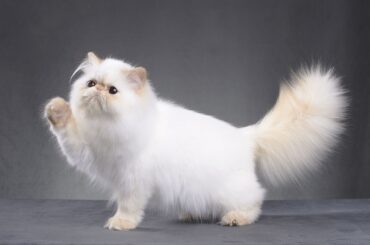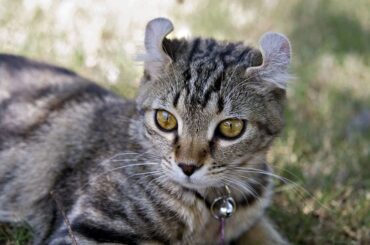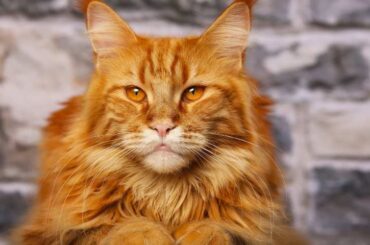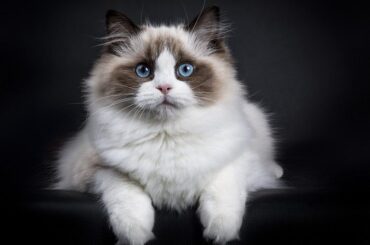The Oriental Longhair Cat is a domestic cat breed. It has a lot in common with the Oriental Shorthair. While it is thought that a similar species of the cat was produced in Turkey in the 19th century, they swiftly vanished across Europe with the advent of the popular Persian cat. Breeders aspired to create Siamese-like cats with a wider range of coat colors and patterns in the mid-twentieth century.
They started breeding Siamese with Russian Blues, British Shorthairs, and Abyssinians. The Oriental Cat was born this way, and by the 1970s, they were being transported to the United States, where they quickly became quite famous. The Cat Fanciers Federation recognized them as a separate breed in 1977, but only as of the short-haired form. They officially added the Oriental Longhair to their list in 1995.
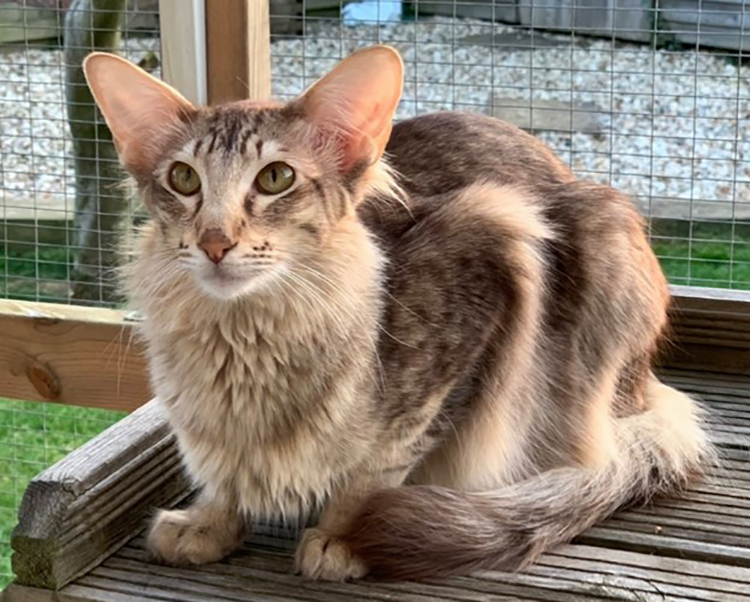
Following World War II, cats available for breeding were in short supply, and Oriental Short and Long Hair cats were developed as a result of cross mating with Siamese cats. The Oriental breed arose from the broad diversity of colored kittens, and the Siamese breed’s gene pool was widened by the return of the short-haired color-pointed kittens.
In 1979, the International Cat Association acknowledged the Oriental Longhair as a distinct breed. While the personality types of the short and long-haired varieties are identical, the Longhair has a more shiny, silky coat and an outstanding plumed tail. They are also known as the British Angora, which was the name given to them until the early twenty-first century. It was previously known as the British Angora, but British cat fanciers renamed it in 2002 to avoid confusion with the Turkish Angora.
Table of Contents
Body Characteristics
- Oriental Longhair Cat Hairs are slender, medium-sized cats with a powerful athletic build that is heavier than it appears! Under the fur, the head has a distinctive triangular wedge shape with a straight profile, broad wide-set ears, and intelligent eyes, similar to the Siamese.
- The eyes have an almond shape to them.
- Green is the ideal eye color for Oriental Longhairs, with the exception of whites, who can have green, blue, or odd-eyed eyes that is two different colored eyes.
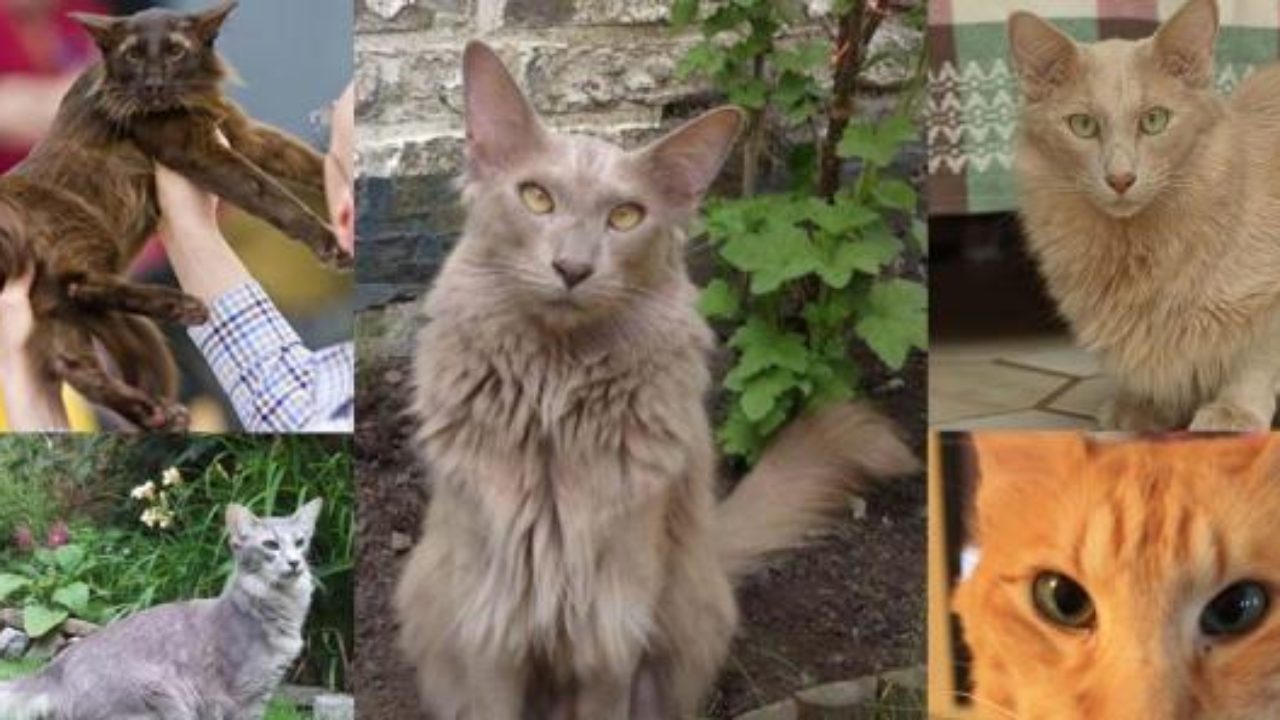
- Oriental Longhairs have a long, tubular body with an Oriental-style coat that is silkier.
- Self-colored coats are available in black, blue, chocolate, lilac, cinnamon, caramel, fawn, red, cream, and apricot, as well as tortoiseshell, smoke with silver undercoat, shaded or tipped, tabby, and white.
- Their weight is around 9-12 pounds.
Behavior
The Oriental Longhair is a playful and lively cat. If the owner is unable to do so, the toy will seek out a toy to play with on its own. The Oriental Long Hair is a vivacious, elegant, and clever cat with high levels of energy and curiosity. It enjoys jumping and does so very well, typically without destroying any things due to its agility and elegance.
They form strong bonds with their family members and thrive on praise and affection. This is a highly active cat that enjoys supervising and being helpful in other words, getting involved in whatever you’re doing! They are a little less frantic and noisy than Siamese.
Oriental Longhairs, like their Siamese cousins, have a loud and expressive voice that is frequently employed. They’re intelligent cats, and some of them are adamant about getting their way. If started young, many Orientals rapidly learn to walk on a leash. Cabinets, doors, and even refrigerators have been reported to be opened by them. This breed category is frequently recommended for cat owners with more expertise.
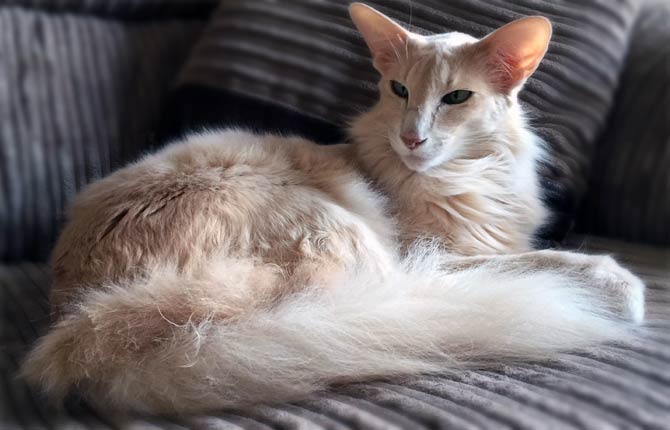
Caring
This breed of cat is remarkably trainable in comparison to other cat breeds. Oriental longhair cats are extremely intelligent, inquisitive, and react well to positive reinforcement teaching. Because they don’t have a double coat, they don’t require the same level of maintenance as longer-haired breeds like the Persian. Once a week, a good brushing to eliminate dead hairs should be enough. They have an average life span of 12-15 years.
RECOMMENDED ARTICLES
- Oriental Bicolor Cat- Characteristics, Behaviour, Caring, and Health
- Ojos Azules Cat Breed- Characteristics, Behaviour, And Health
- Osteomyelitis In Cats – 8 Causes, Symptoms And an Amazing Treatment Plan
- Mekong Bobtail Cat – Body Description, Behaviour & 2 Exclusive Health Problems
- Napoleon Cat Breed – 7 Exclusive Body Characteristics, Caring And Health
If you Like, Please share it. Sharing is usually Caring.

